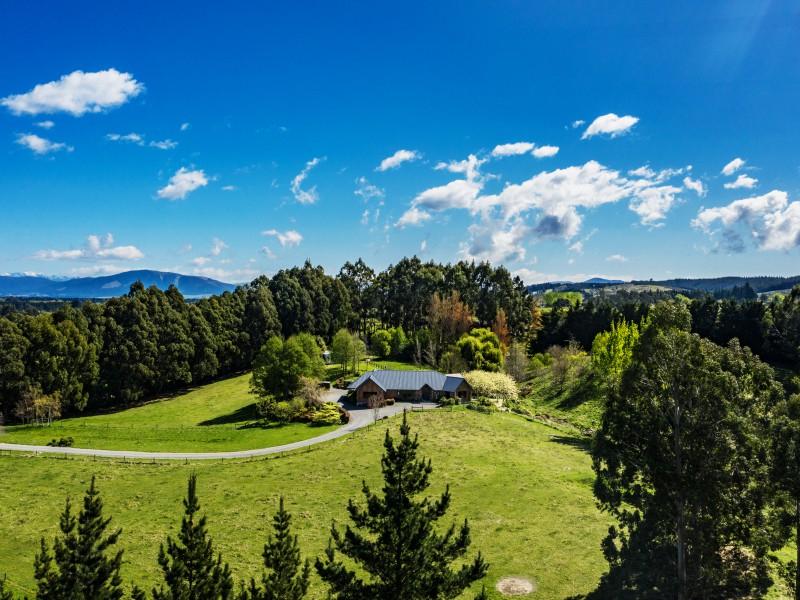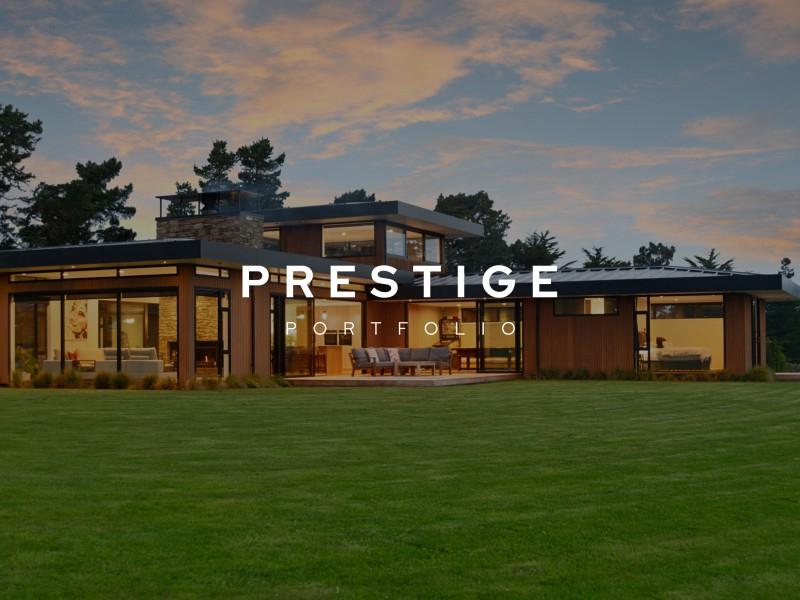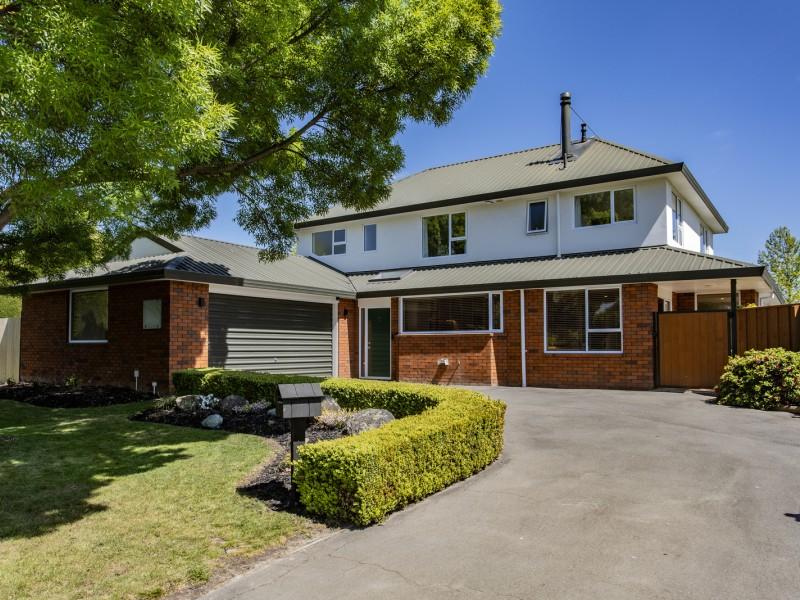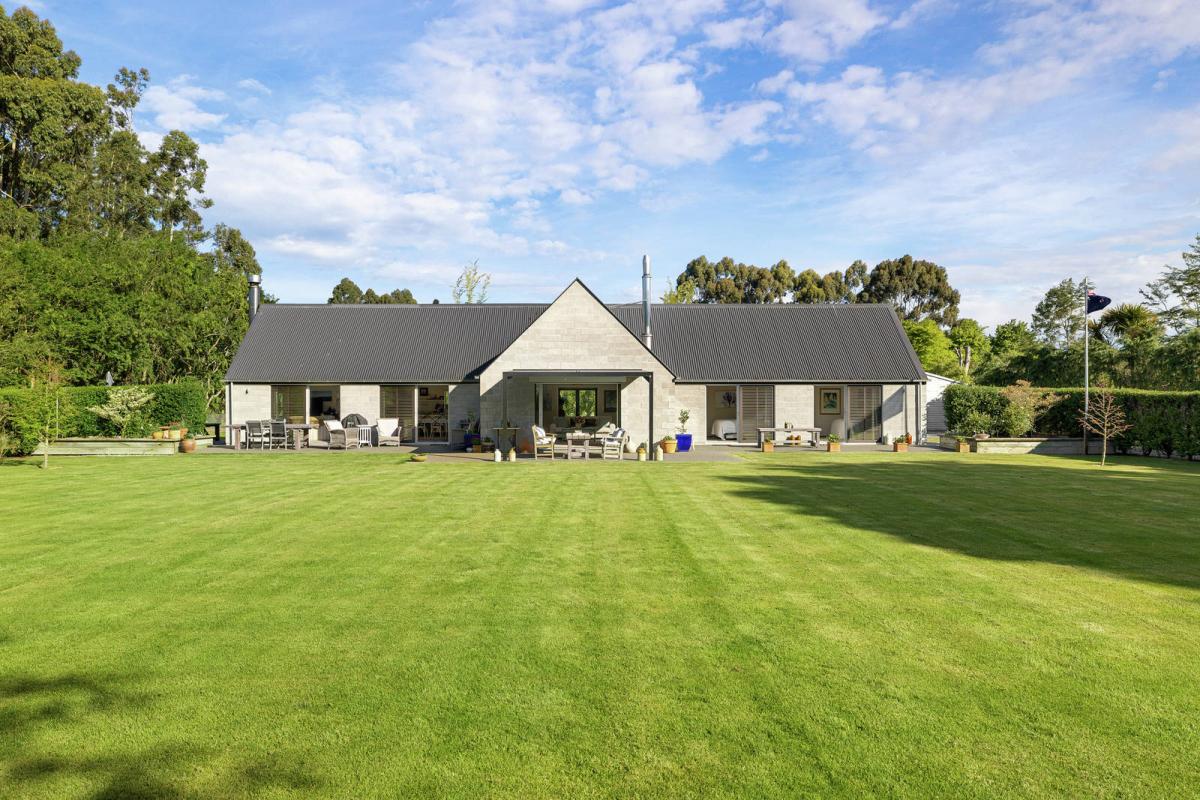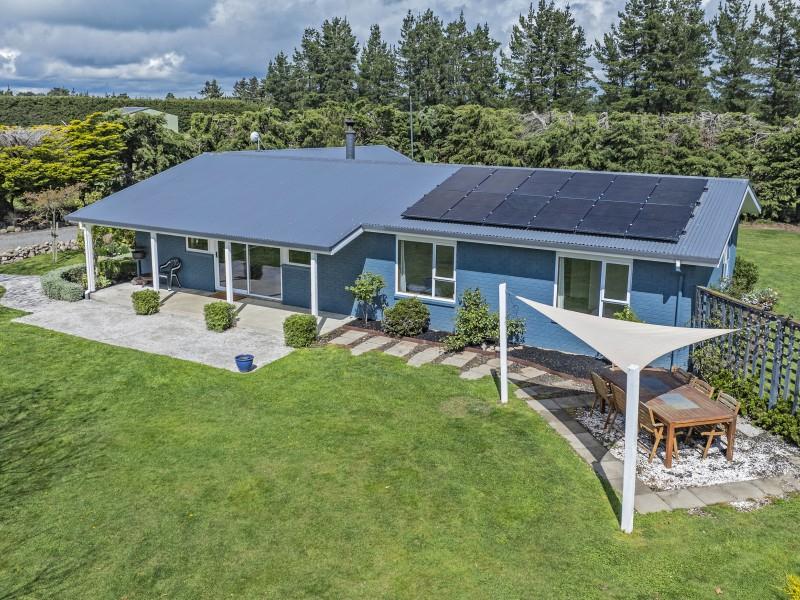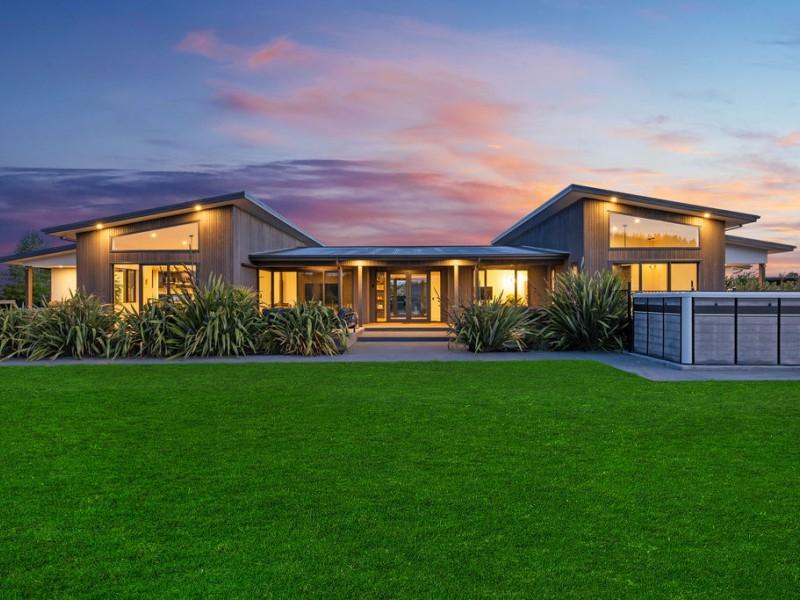Waimakariri's growth set to continue, but challenge over where people will live
By David Hill, local democracy reporter
Waimakariri’s growth is set to continue for years to come, but predicting where people will choose to live is creating some challenges.
With the Greater Christchurch area expected to need 77,000 more houses over the next 30 years, the Waimakariri district’s population is likely to top 100,000 by 2053.
The present population in the Waimakariri district is about 70,000.
Waimakariri District Council development planning manager Matt Bacon sad it was difficult to predict how many people will move to the district and where they will choose to live.
“We have gone away from specific numbers and locations and now we’re looking at different scenarios.
“We do housing numbers almost on an annual basis.”
The Woodend/Pegasus area was the fastest growing area for the district – expected to top 10,000 by 2053 – and the wider Waikuku, Pegasus, Woodend and Pegasus Bay area was expected to reach 12,500 people by 2033 and 15,000 people by 2043.
Where to house the extra people was a challenge as councils wanted to avoid an ever expanding urban sprawl and taking up quality farmland, while drainage was an issue in some areas.
Strategy, engagement and economic development general manager Simon Hart said staff were thinking about “where the numbers will go when they hit Waimakariri”.
The Ravenswood subdivision was already up to stage five of the planned six stage development, while other subdivisions were filling up fast.
The recently opened up Bellgrove subdivision in Rangiora ensures there was no shortage – for now, Bacon said.
The council was required, under the National Policy Statement for Urban Development, to plan ahead of demand to ensure there was plenty of supply.
But even when planning was put in place, Bacon said there was always a lag between approval and a new subdivision being divided up.
Future development could be urban infill, while the passing of the Resource Management (Enabling Housing and Other Matters) Amendment Act in December 2021 made it possible to subdivide sections for up to three housing units and building up to three storeys in the main urban areas.
“The market for intensification will be limited, so there is a big difference between what the plan enables and what actually happens,” Bacon said.
He said Townsend Fields (Rangiora) was offering average sized lots of about 600 to 700m², even though smaller lot sizes were allowed.
“They will offer what they believe the market is telling them,” Hart added.
“So we need to be conscious of what is attracting people to Waimakariri, is it high density housing or larger sections?”
It’s Riddle Time – You Might Need an Extra Cup of Coffee!
Nobody has ever walked this way. Which way is it?
Do you think you know the answer to our daily riddle? Don't spoil it for your neighbours! Simply 'Like' this post and we'll post the answer in the comments below at 2pm.
Want to stop seeing riddles in your newsfeed?
Head here and hover on the Following button on the top right of the page (and it will show Unfollow) and then click it. If it is giving you the option to Follow, then you've successfully unfollowed the Riddles page.

Poll: Do you think NZ should ban social media for youth?
The Australian Prime Minister has expressed plans to ban social media use for children.
This would make it illegal for under 16-year-olds to have accounts on platforms including TikTok, Instagram, Facebook and X.
Social media platforms would be tasked with ensuring children have no access (under-age children and their parents wouldn’t be penalised for breaching the age limit)
.
Do you think NZ should follow suit? Vote in our poll and share your thoughts below.

-
84.7% Yes
-
13.9% No
-
1.4% Other - I'll share below
Heritage gem or dangerous burden? Bowling club’s dilemma with historic pavilion
By David Hill, Local Democracy Reporter
A Rangiora sports club is frustrated with the increasing maintenance and insurance costs of its 113-year-old pavilion, which can't be demolished due to its historic importance.
The Rangiora Bowling Club approached the Waimakariri District Council last year for help, but was yet to find a satisfactory solution for the pavilion.
It is registered with Heritage New Zealand and listed in the Waimakariri District Plan, leaving the club with few options.
The club’s ex-president Norman Hewett said the pavilion on Good St, north of the town centre, is unsafe and no longer fit for purpose.
Hewett said the council has been supportive and Heritage New Zealand has offered advice, but no funding.
‘‘Everybody thinks the building is worth preserving, but there is a cost and it shouldn’t be put on the bowling club.
‘‘As far as we are concerned it is not fit for purpose and we want to know how we can get round that.
‘‘We want to know what the community thinks and if they want to retain it, are they willing to pay for it?’’
The club has formed a sub-committee to explore what options are available.
Sub-committee member Rodger Wilton said the club has been unable to find any record that the club had a say when the building was given heritage status.
Built in 1911, the pavilion served the Rangiora Bowling, Tennis and Croquet Club, which originally shared the site.
It cost 945 pounds and was opened on October 28, 1911.
The three clubs purchased 1.25 acres on the corner of Blackett and Good streets in April 1905, but later parted company, with tennis and croquet moving to new sites.
While no quotes have been sought, Hewett believed it would cost more than $1 million to bring the pavilion up to code.
Ideally the club would like to demolish the pavilion so it can upgrade its main building and remain on site.
The stairwell was non-compliant and there was no wheelchair access, meaning the club was unable to use the upstairs facilities.
There are loose tiles on the roof which need replacing.
An attached building behind the pavilion is sufficient to meet the needs of the 140 members and for hosting the largest bowls tournament in North Canterbury, Hewett said.
He said the club is open to all options, including a land swap or selling to a developer with the expertise to restore the pavilion.
Waimakariri District Council community and recreation manager Chris Brown said the council is working through various opportunities with the bowling club as part of a feasibility study.
‘‘There are a lot of options to consider. Each have various financial, social and operational implications.’’
Heritage New Zealand Pouhere Taonga said it had ‘‘expressed support for the adaptive reuse of the building and supported the club’s intention to investigate options for the pavilion and the associated land parcel’’.
The Rangiora Bowling Club is keen to hear the views of the community. Email rangiorabowling@gmail.com.
■ LDR is local body journalism co-funded by RNZ and NZ On Air.
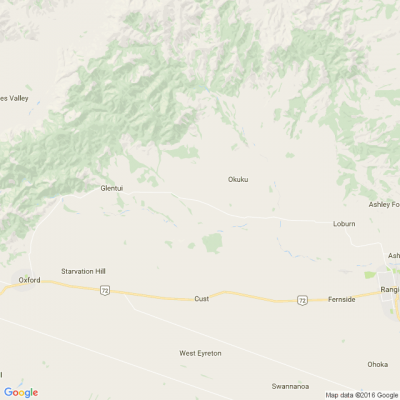
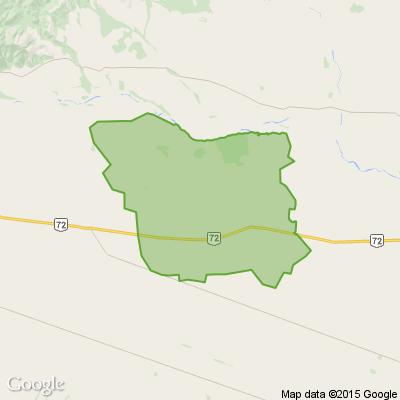







 Loading…
Loading…